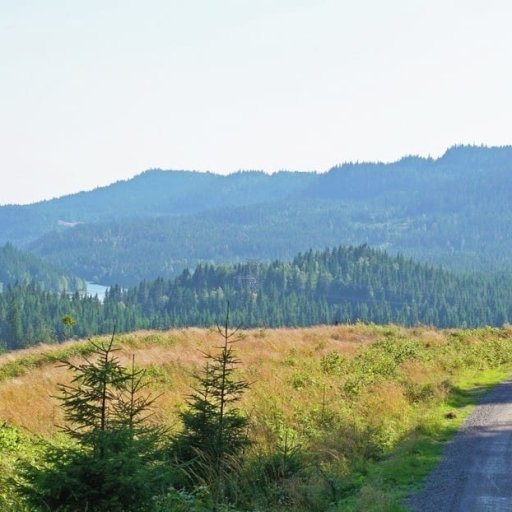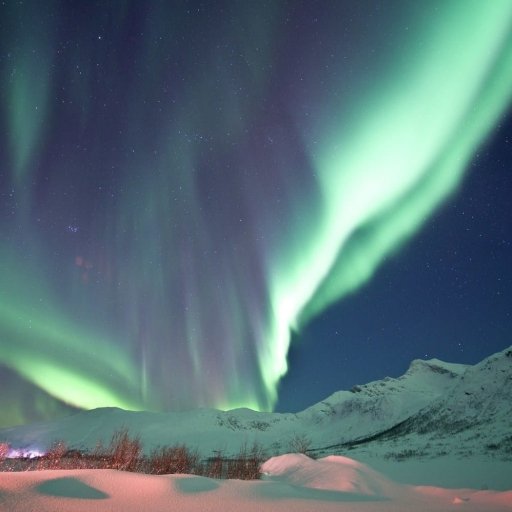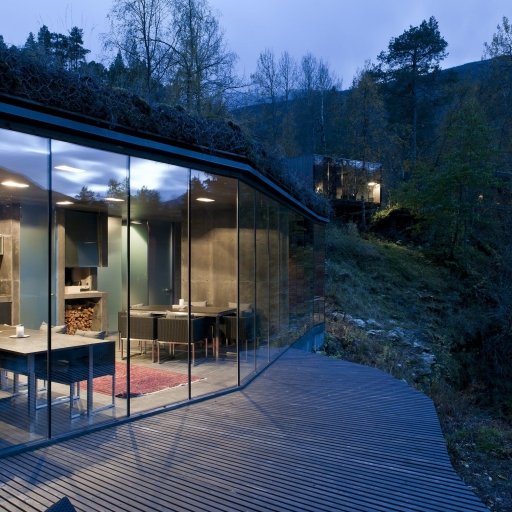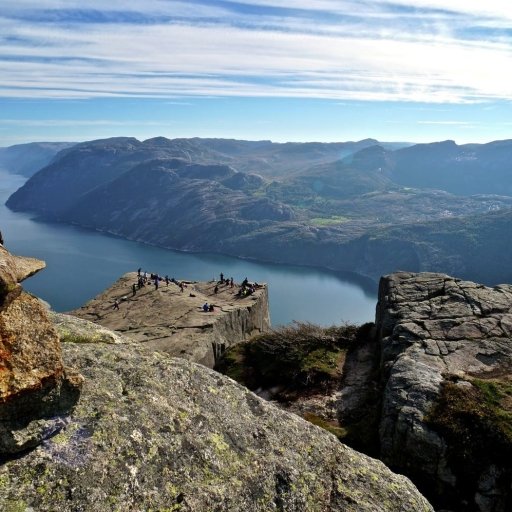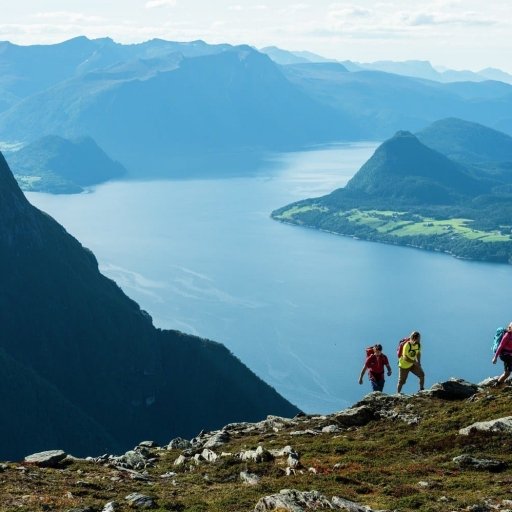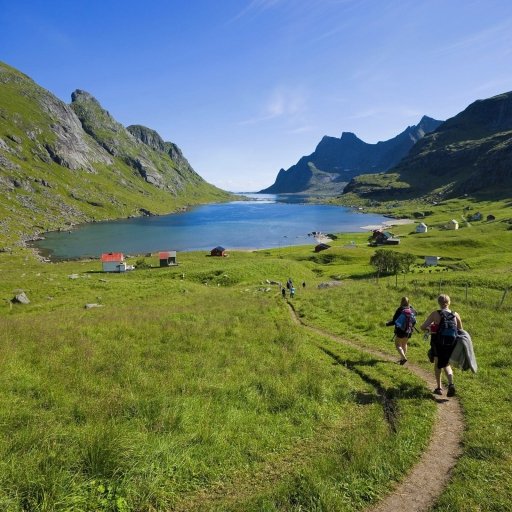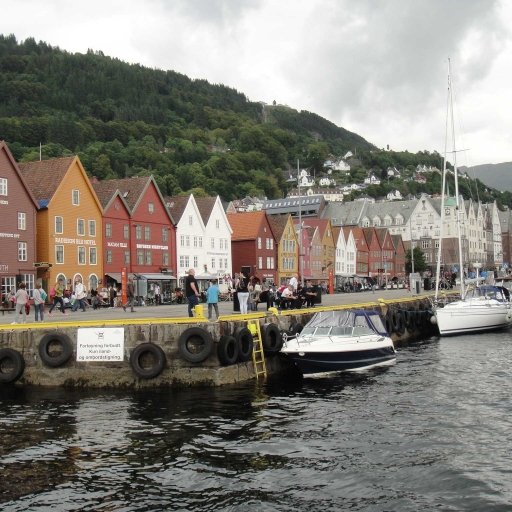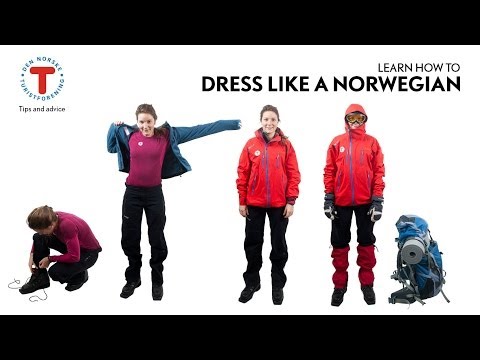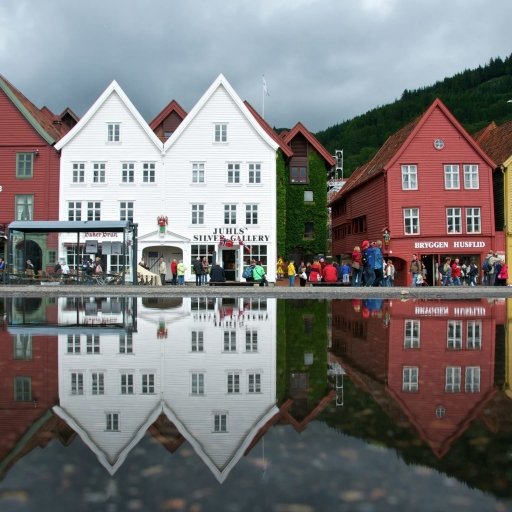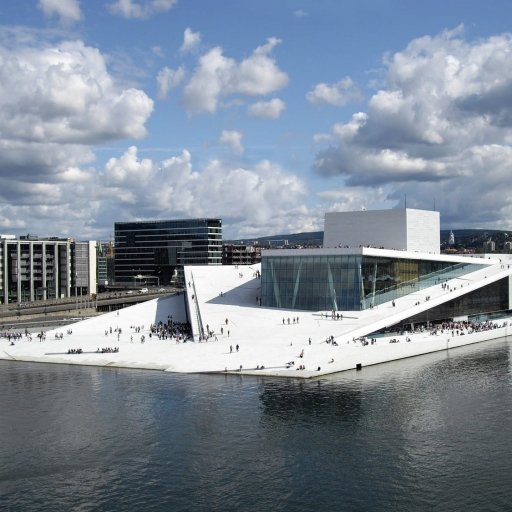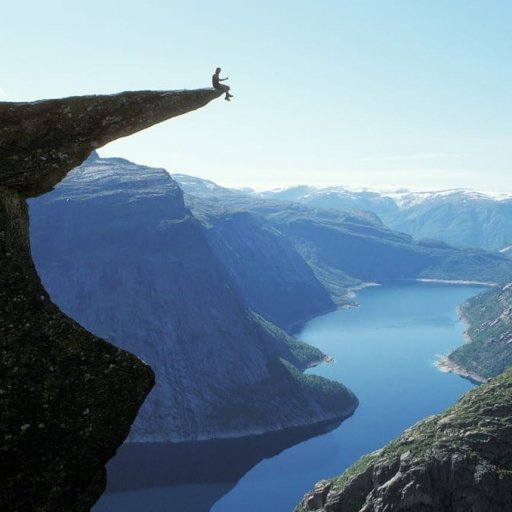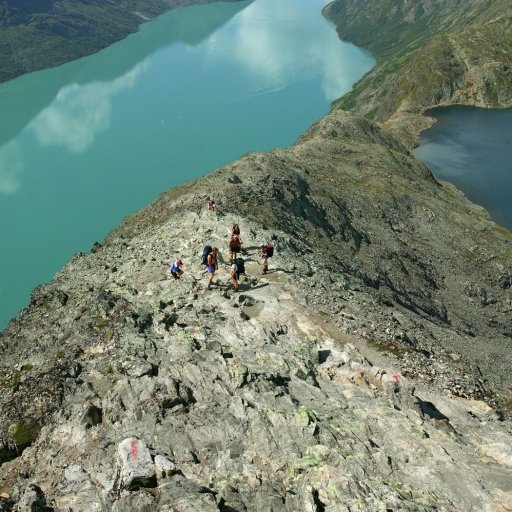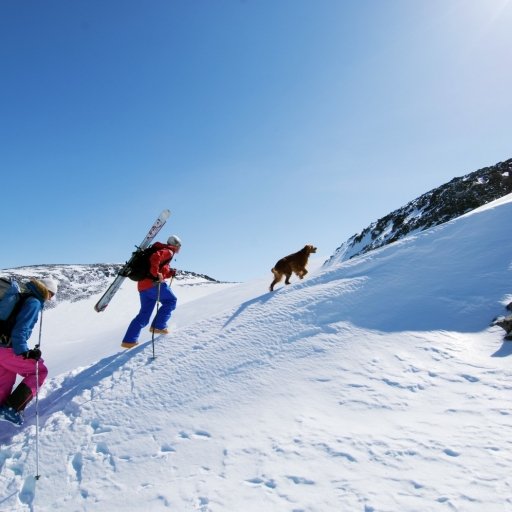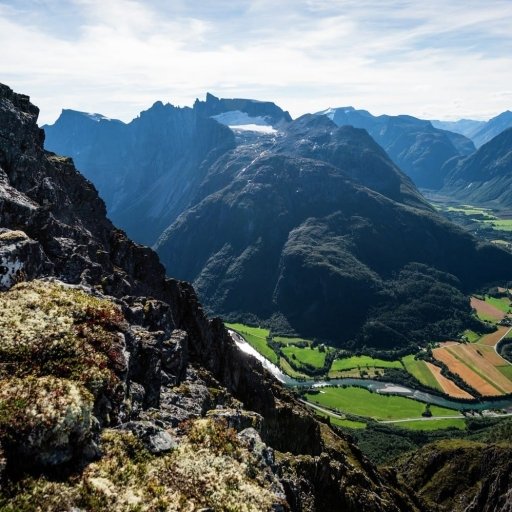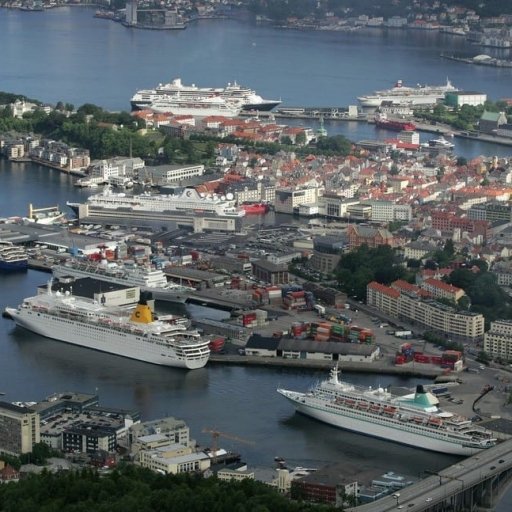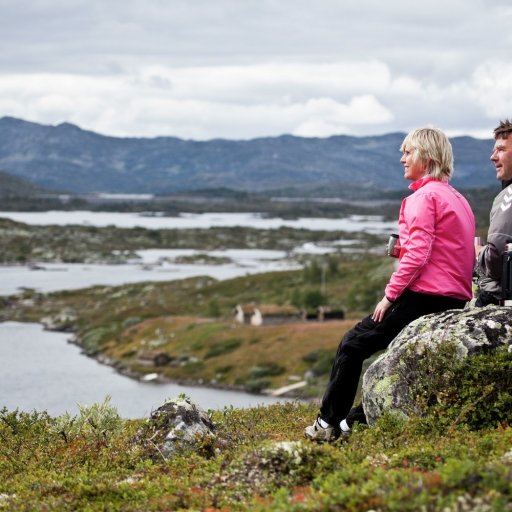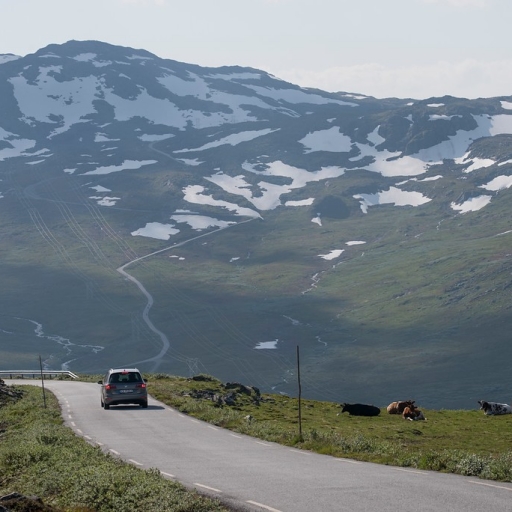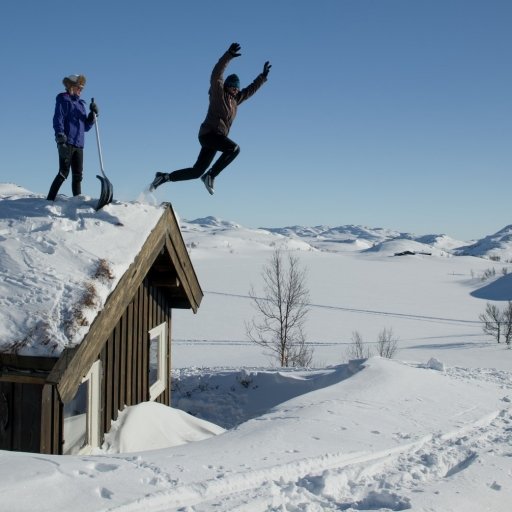What to pack for Norway
In Norway, no matter the season, you should always bring a variety of sensible layers to add or remove according to the temperature.
All-season essentials
No matter the season, you should always bring a variety of sensible layers to add or remove according to the temperature. Don’t forget to pack at least one warm jumper or fleece, a waterproof jacket and comfortable walking shoes/boots/trainers, preferably with good grip for all terrain. An umbrella can also be handy, and cruise passengers may wish to bring binoculars. Weather can change fast in Norway.
We recommend bringing a rucksack or small backpack - it can also be handy for hiking excursions or picnics.
General tips
Adapters: Norway uses Type C (Europlug) and Type F sockets (230V), so pack an adapter if needed.
Medications: Bring any personal medications you need, as pharmacies might not stock certain items.
Reusable shopping bag: Many stores charge for plastic bags.
Small First-Aidkit: For any minor cuts or blisters.
By packing thoughtfully for Norway’s varied climate, you’ll be ready to enjoy everything the country offers, no matter the season.
See more about weather in Norway
Packing for Norway in Summer
Norwegian summers from May to August can be mild, but the weather is highly variable. Be prepared for everything from sunny days to chilly, rainy spells, especially if heading north or to the mountains.
Layers, layers, and more layers—preferably thinner knits that can be peeled off when indoor heating gets to you. However, remember that summer nights can still be chilly, especially in the mountains or on the deck of a cruise ship. Bringing light gloves, a hat, and a scarf can be a good idea. Sun cream and sunglasses are also recommended.
Summer in Norway can be pleasant, with long daylight hours and nice temperatures. It is recommended that you pack shorts, hiking boots, and swimwear.
Clothing list
Layers: Norway’s summer weather can fluctuate, so pack layers to adjust to changing conditions. Bring T-shirts, long-sleeved shirts, and light sweaters.
Light jacket: As rain is expected, a windproof and waterproof jacket is essential.
Light fleece or sweater: Even in summer, evenings and higher altitudes can be excellent.
Comfortable pants/jeans: For casual wear. If you're hiking, opt for quick-drying hiking pants.
Shorts: For warmer days.
Waterproof footwear: Hiking boots or sturdy shoes are necessary for outdoor activities. If you’re spending time in cities, comfortable walking shoes will do.
Swimsuit: Norwegian lakes, fjords, and even coastal waters can be inviting for a dip, especially in southern Norway.
Accessories
Sunglasses and sunscreen: The sun can be surprisingly strong, especially with long daylight hours.
Hat/Cap: To protect yourself from the sun.
Light scarf: For mornings and evenings.
Bug spray: Mosquitoes can be bothersome in the forested or wet areas.
Daypack: Useful for hikes or day trips.
Additional
Travel umbrella or rain poncho: For the inevitable rain showers.
Refillable water bottle: Tap water is drinkable everywhere, and Norway’s pristine water is a highlight.
Camera: To capture the stunning landscapes of fjords, mountains, and villages.
Packing for Norway in Winter
Norwegian winters from December to February can be harsh, especially in the north and mountainous regions. Temperatures can plunge below freezing, and snow is abundant.
Bring some warmer layers (preferably wool), an insulated coat, scarf, gloves, hat, warm shoes, or insulated boots with at least one pair of thick socks, mainly if the trip includes outdoor activities.
If your tour includes activities like dog sledging or snowmobiling, you may also wish to bring glove liners, a balaclava, and maybe even hand/foot warmer heat packs.
If you stay along the southern coast, winters can be mild but wet, so you will want to pack layers with a waterproof outer layer.
Clothing list
Thermal layers: Start with moisture-wicking thermal tops and bottoms as your base layer to keep warm.
Wool sweaters or fleece: Wool is the best insulation, even when damp.
Insulated Winter jacket: A heavy-duty, windproof, and waterproof winter jacket is essential for the cold.
Winter pants: Waterproof, insulated pants are ideal for outdoor activities such as skiing, and thermal or fleece-lined pants work well for casual wear.
Waterproof, insulated boots: Good winter boots are crucial for keeping your feet warm and dry. Pair them with thick wool socks.
Warm hat (Beanie): Ensure your hat covers your ears.
Gloves or mittens: Mittens tend to be warmer than gloves. Choose waterproof options for outdoor activities.
Scarf or buff: A wool scarf or a buff to protect your neck from the cold.
Accessories:
Sunglasses: Snow reflects a lot of sunlight, so sunglasses are useful, especially on clear days.
Hand and foot warmers: Disposable heat packs can be helpful for long periods outdoors.
Thermal Socks: Wool or synthetic socks that keep your feet warm and dry.
Winter sports gear
Bring appropriate sportswear or rent it locally if you plan to ski or snowboard.
Thermos flask: Handy for carrying hot drinks on cold days.
Ice grippers for shoes: For extra grip on icy streets and trails.
Headlamp: If you're visiting during the polar night or hiking in dark conditions.
Camera with extra batteries: Cold weather drains batteries faster, so bring spares for taking photos of the Northern Lights or snowy landscapes.
See more: Why visit Norway
